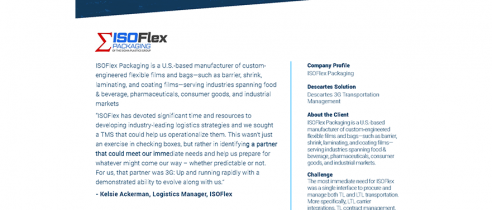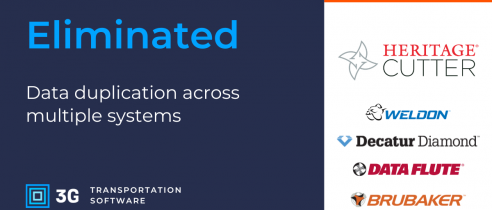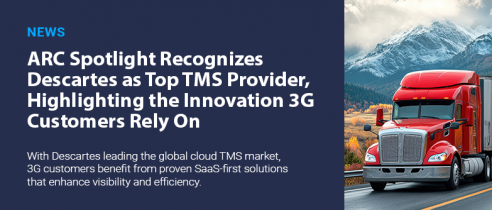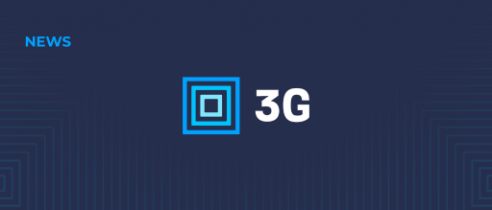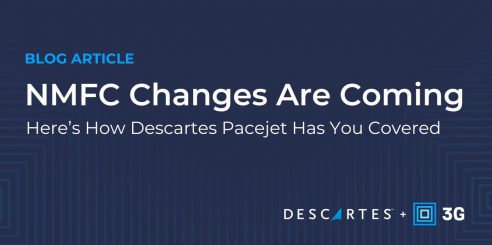Blog
TMS Buying Guide | Part 1- How to Choose the Right Transportation Management System

How to Choose the Right Transportation Management System
The pandemic, and its impact on supply chains, brought the world of freight into the spotlight. Shippers and supply chain partners are still adapting, to prevent future supply chain disruptions. However, consumers’ expectations for a quick and easy buying experience continue rising.
Technology is the undeniable answer to current and future supply chain woes, supporting operations in ways beyond humans’ capabilities—processing large amounts of data, detecting issues, and utilizing automation. At the core of these improvements is the transportation management system (TMS).
Features like easy configurability, visibility, routing optimization, and automation have gone from cutting edge to table stakes in less than a decade. To compete (and even survive), brokers and 3PLs must pursue more cost-effective and efficient operations. They need to get the most out of their tech stack and find the right TMS to support their specific business objectives now and into the future.
Different types of TMS
There are dozens of TMS options, but you can quickly narrow your search just by knowing your needs on a few key basics. For example: modes. If you do primarily truckload brokerage, a TMS designed specifically and exclusively for ocean freight will sink your business.
Brokerage, managed transportation, or both
Freight brokers and 3PLs will need a dedicated, purpose-built TMS. A broker will likely prioritize tools and workflows that support spot market transactions. On the other hand, a 3PL offering managed transportation services will want to ask questions about how the TMS can be used to manage contracts and optimize routing. Reputation matters too; the quality of TMS being used by a managed services provider demonstrates its commitment to service and influences shippers’ confidence. Of course, companies are increasingly offering brokerage and managed services, requiring a TMS built to handle both.
Out-of-the-box/off-the-shelf, configurable, or built-for-you
An out-of-the-box solution means configurability is limited—it’s a “one-size-fits-all” solution. Anything that doesn’t mesh well with your workflows will need a workaround. Built-for-you, on the other end of the spectrum, is best if you have highly unique needs and cost is not an obstacle. This solution will be yours, but with ownership comes the responsibility to maintain and upgrade it throughout its lifecycle. In between these is the configurable option, where the TMS provider offers a foundation of functionality with flexibility to add on to accommodate changing business needs.
Cloud-based or on-premises/hosted
On-premises or hosted solutions were the only options in the past, but in the last couple of decades cloud-based SaaS solutions have grown and now stand out with major advantages—they’re simple to deploy, easily scalable, and cost-effective. Maintenance and upgrades typically happen on the provider end, limiting the need for a large IT staff for many users.
Freight type
Some TMSs are only capable of handling one type of freight. Based on your business, eliminate the systems that don’t cover all the services you offer, which might include truckload (TL), less-than-truckload (LTL), or parcel. Be sure to include any services you plan to expand to in the future.
What to look for in a TMS
Once a TMS checks the right initial boxes, it needs to be evaluated for its specific features to ensure it’s capable of handling your present and future demands.
There are some TMS that advertise they excel in one area, for example serving smaller-sized brokers, and these don’t make an ideal fit for others. Pay attention to what features the TMS provider talks about. Have your own list compiled for what your non-negotiables and priorities are.
The basic functionalities to check out in a TMS include order management, routing, rating, tendering, tracking, settlement & billing, and integration with outside tools & data sources.
The features of the TMS that contribute to these functions are what separate the different TMSs available for purchase.
Here are some features to look for:
Automation – Automation increases productivity without increasing employee headcount, making processes such as tendering, tracking, auditing, and invoicing more efficient.
Optimization – Optimization engines take data combined with the current real-world circumstances to find the best multi-mode routing option to save time and money.
Visibility – TMSs acting as a “transportation control tower” can gather and share data, contributing to end-to-end visibility, and the benefits of this can be extended to the customer.
Configuration – A high degree of configurability gives your business the controls to operate and serve customers the best way that works for you and them, without limitations from the tools you use.
Reporting – Advanced reporting capabilities provide the data to enable cost savings and increase efficiency.
The right TMS for your business
Finding your next TMS takes research, planning, and prioritizing, but it can also be a relatively simple process of eliminating the options that don’t fit your requirements. Often at this stage in the search, it’s most helpful to get demos of the systems under consideration.
3G’s TMS is cloud-based with a complete list of flexible features for adding on and scaling alongside your business. Schedule a demo to see if 3G can check all the boxes in your TMS search.
